How To Make a Lab Website: 4 Design Tips To Make Your Lab Website Pop
Creating a standout lab website is crucial in today’s digital age.
Whether you’re aiming to attract funding, collaborators, or simply share your research with the world, your website needs to be both visually appealing and highly functional. A well-designed lab website not only presents your research effectively but also reflects your lab’s identity and values.
Here are four essential design tips to help you make a more powerful impact with your lab website.
1. Make a Splash with Compelling Visuals
Visuals, like images, videos and illustrations play a pivotal role in grabbing and maintaining the attention of your website’s visitors.
High-quality images and illustrations can make complex scientific concepts more accessible and engaging. Use images and dynamic visuals, like short video clips, that showcase your lab environment, ongoing experiments, or impactful research outcomes. These images should be high-resolution and relevant to your work to ensure credibility and engagement.
How you can apply this:
Imagine a homepage with a captivating image of your lab team working together, with your research subject in the background - whether it’s a high-tech laboratory or a natural environment. Additionally, incorporating custom illustrations and animations that depict your research processes can help visualize complex data and concepts. This approach not only attracts visitors but also helps them understand the significance of your work at a glance.
2. Have a Cohesive Brand
A cohesive brand identity is fundamental for a professional and trustworthy website.
You don’t have to be a brand and marketing expert to maintain a professional look to the brand of your lab. Stick to a consistent color palette – generally made up of three to five main hues –that reflects your lab’s personality and mission. As for fonts, select 1-2 fonts that complement each other to maintain readability and aesthetic appeal (we recommend three fonts max!) Your color scheme and fonts should be chosen to not only reflect your lab’s personality, but also enhance the user experience, making your content easy to read and navigate.
Apply for yourself:
If your research focuses on marine biology, a color palette inspired by the ocean—shades of blue and green—can create a visually appealing and thematic website. Pair this with fonts that convey professionalism yet are easy to read. For instance, a bold font for headings and a clean, sans-serif font for body text can create a harmonious balance. Consistency in colors and fonts across all pages ensures a unified and professional look, reinforcing your lab’s brand identity.
Start by finding templates on a graphic design app like Canva to easily create and maintain your brand’s cohesiveness. You can also look at other lab websites for inspiration.Create something that uniquely represents your lab.
3. Use strong Hierarchy
Effective use of hierarchy in your website’s design helps visitors easily navigate through the content. Hierarchy, when it comes to design, means organizing information so that the most important elements stand out. Summarize key takeaways in headings and use call-to-action buttons to guide users to important sections or content, such as recent publications, contact information, or donation pages.
This approach ensures that visitors can quickly find and understand the most critical information.
Example of how you can do this for your lab website:
Use clear, bold headings to break up text and draw attention to essential information.
Implement call-to-action buttons that stand out within your color scheme to direct visitors to actions like subscribing to newsletters, attending seminars, or supporting your research. For instance, a prominently placed button saying “Donate Now” or “Join Our Mailing List” can significantly increase engagement and support.
Hierarchical design not only improves usability but also enhances the overall user experience.
4. Include Your Voice and Personality
Your lab website should reflect the unique voice and personality of your team. Showcase what drives you and your science through personal stories, team bios, and insights into your research journey. This humanizes your lab and builds a connection with visitors, making your work more relatable and inspiring.
Examples:
There are many ways to add a personal touch to your website. Include a section where team members share their passion for their research, their personal motivations, and their own life stories. Use blog posts or videos to give a behind-the-scenes look at your lab, showing the people and processes behind the science. A blog post series featuring different team members can provide a deeper insight into the daily workings of your lab and the dedication behind your research. These elements not only engage visitors but also fosters a sense of community and connection.
Stand Out With a More Compelling Lab Website
By incorporating compelling visuals, maintaining a cohesive brand, effectively using hierarchy, and showcasing your lab’s unique voice and personality, you can create a successful lab website that pops for your visitors. These design tips not only enhance the visual appeal and usability of your site but also help communicate your research more effectively, attract collaborators, and secure funding.
A well-designed lab website is a powerful tool for advancing your scientific mission and increasing your lab’s visibility and impact.
Make your website pop with the help of our rockstar team of scientists and designers. We’re here to help when you’re ready to Schedule a Chat.










